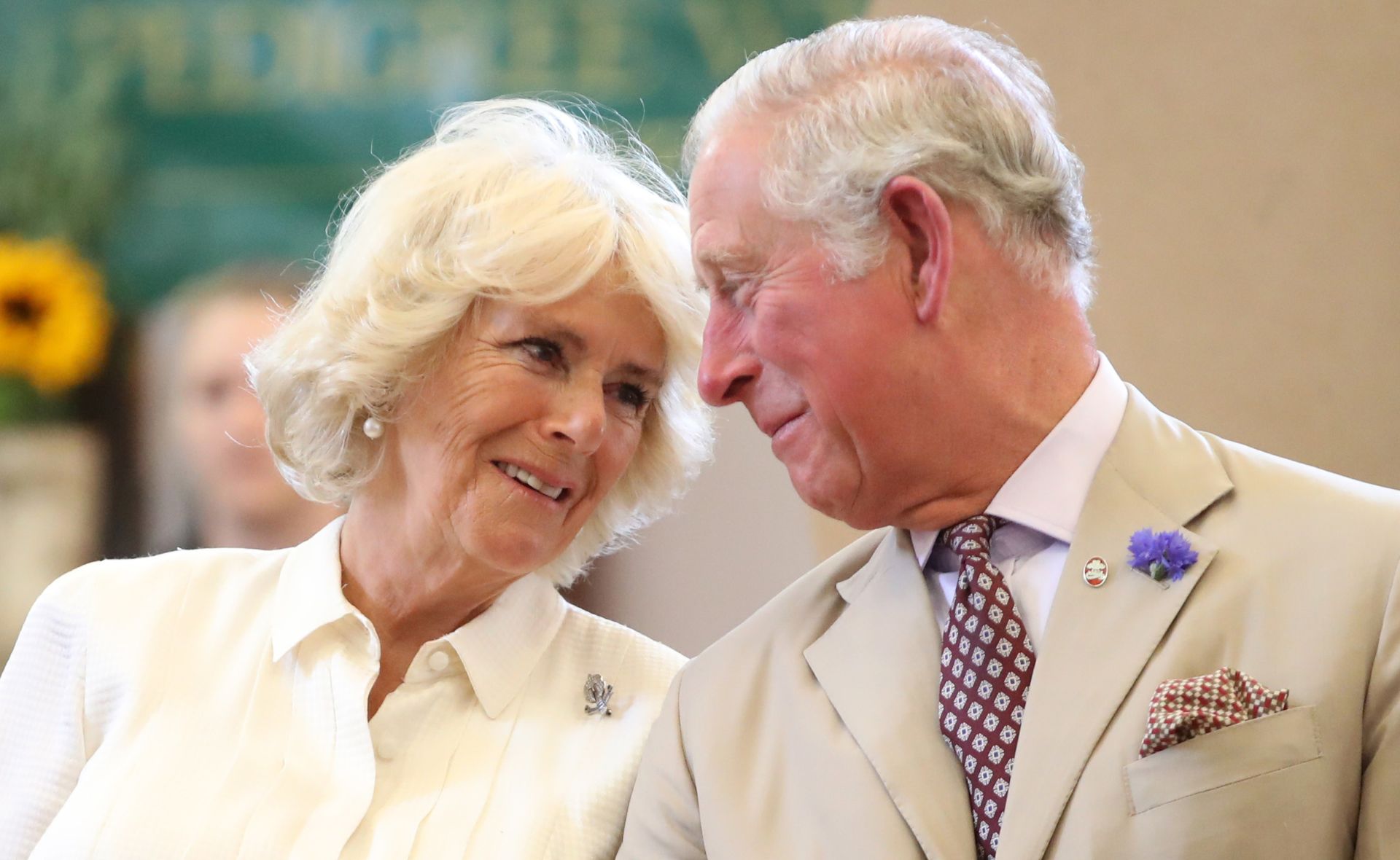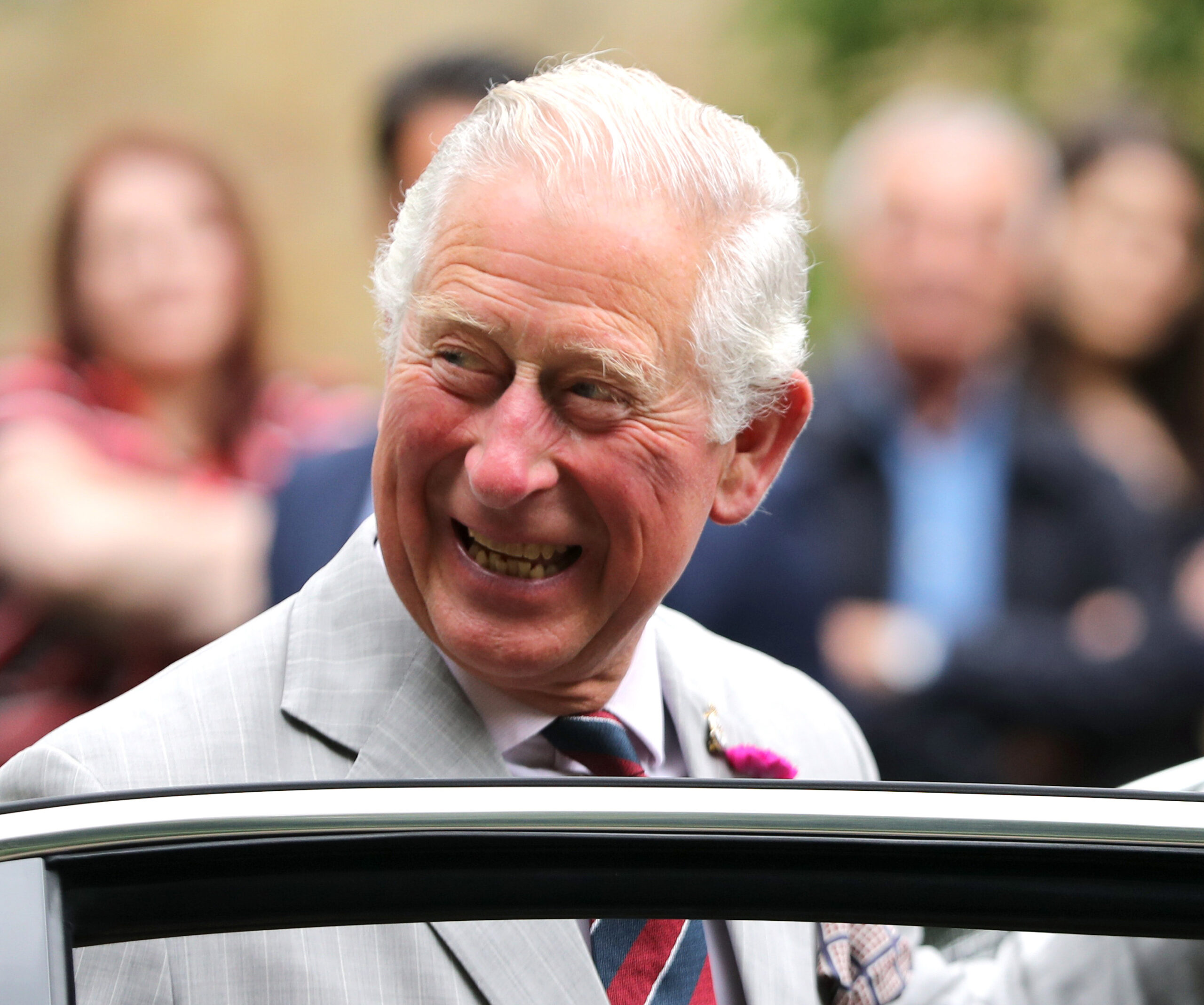Standing outside the “Birthday Gates” of Clarence House, it’s impossible not to be reminded of the Queen Mother, who every year since 1970 would step outside her front door on August 4 to receive birthday wishes from the people.
The custom resulted in the current moniker for the gates, and as The Australian Women’s Weekly is welcomed inside for a privileged private tour of the house and gardens, currently the London home of Prince Charles and Camilla, the Duchess of Cornwall, I can’t help but notice reminiscences of the Queen Mother everywhere.
Clarence House was built in the 1820s for the Duke of Clarence, who later became King William IV, and has been altered and refurbished over the centuries for seven very different royal occupants.
Prince Charles became Heir Apparent to the British throne at the tender age of three when he was living at Clarence House, and all of a sudden his childhood was turned upside down.
Together with his sister Anne, their cosy world moved across Green Park to the vast corridors of Buckingham Palace.
His mother was no longer a princess, but Queen Elizabeth II, at just 25.
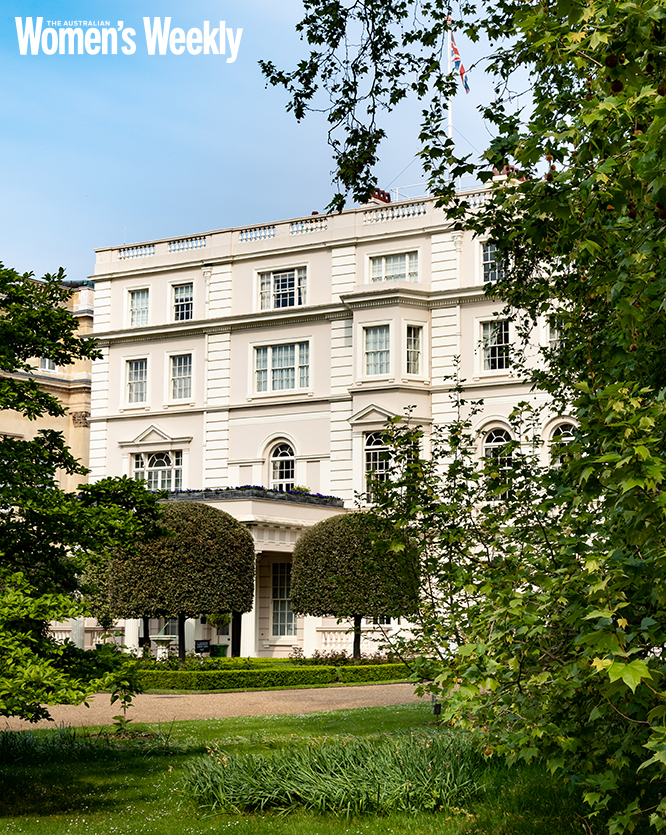
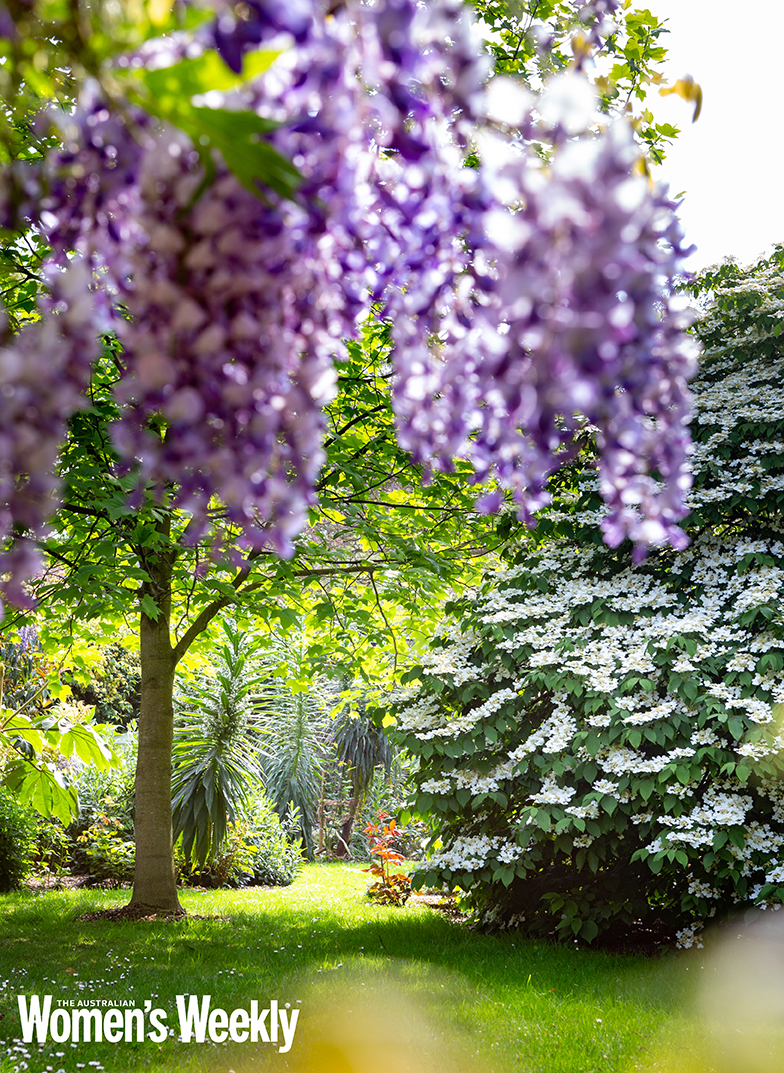
Wisteria in bloom over the lawn of long grass, left so the wildflowers seed.
(Credit: Photographed by Hugo Burnand)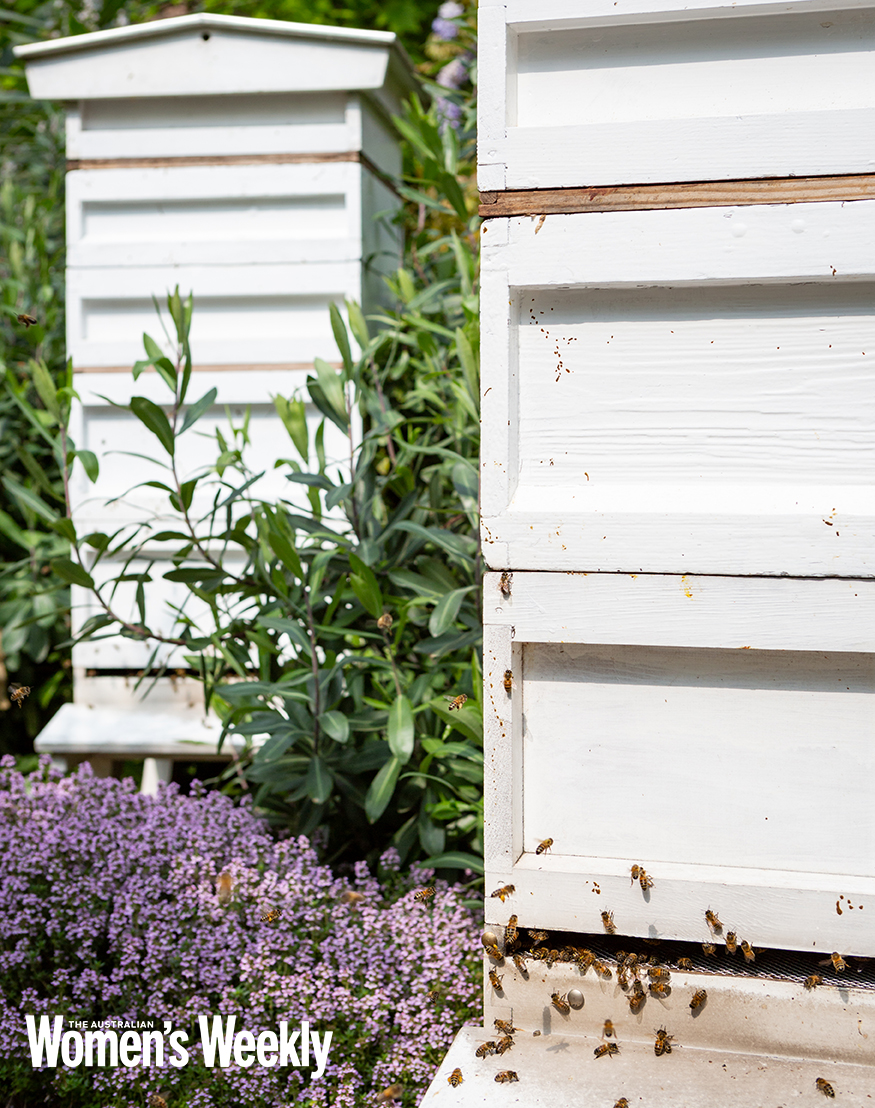
The Prince’s prized beehives.
(Credit: Photographed by Hugo Burnand)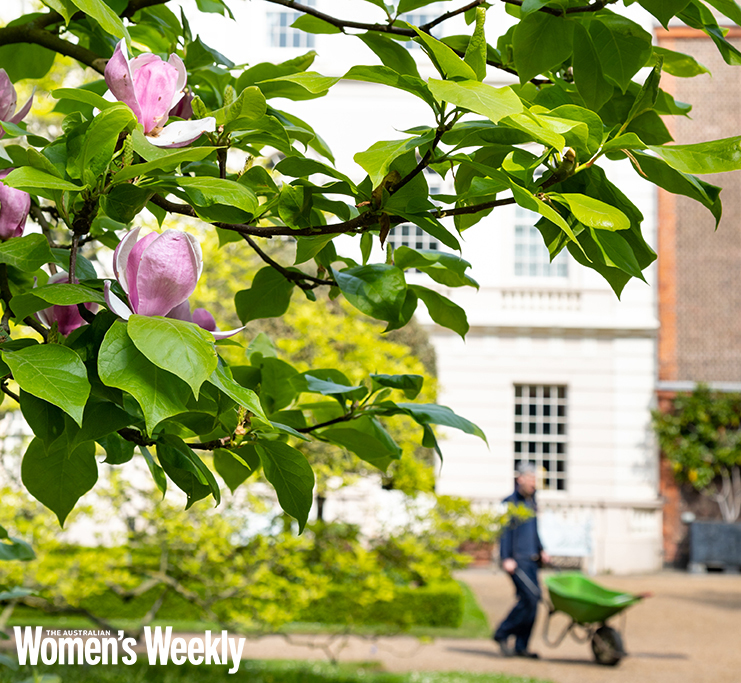
The magnolia spectrum was a gift from the Dalai Lama.
(Credit: Photographed by Hugo Burnand)It must have been quite a shock, for even though Clarence House is an historic royal residence it has the warmth and aura of a family home.
It’s easy to imagine Prince Charles learning to walk here, toddling along the corridors and into the gardens with the corgis scampering through.
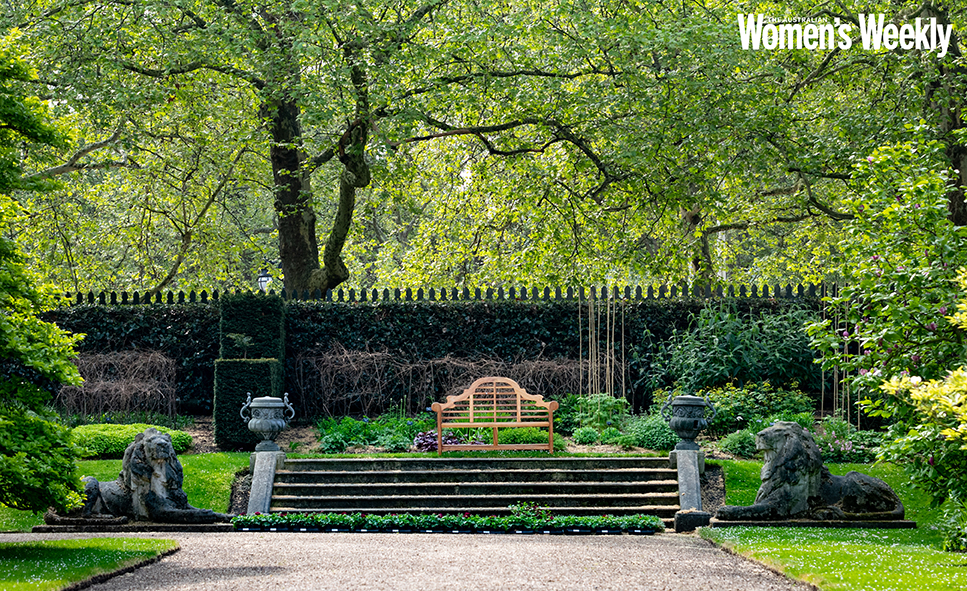
A bench flanked by lions is the perfect spot to relax.
(Credit: Photographed by Hugo Burnand)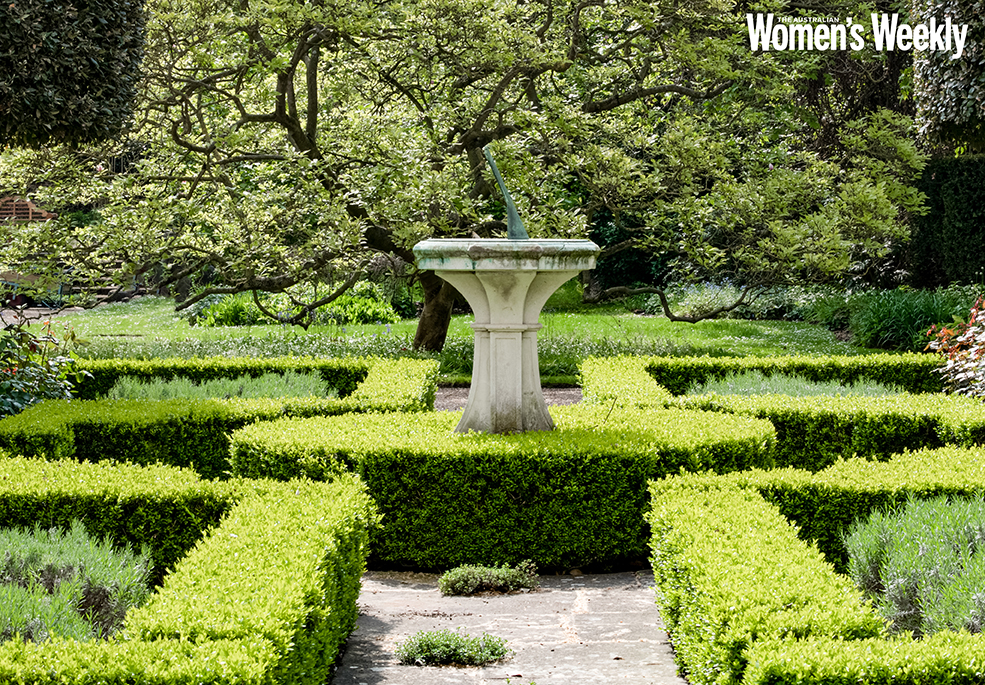
The Rosicrucian formal garden, created by the Prince of Wales in memory of his grandmother.
(Credit: Photographed by Hugo Burnand)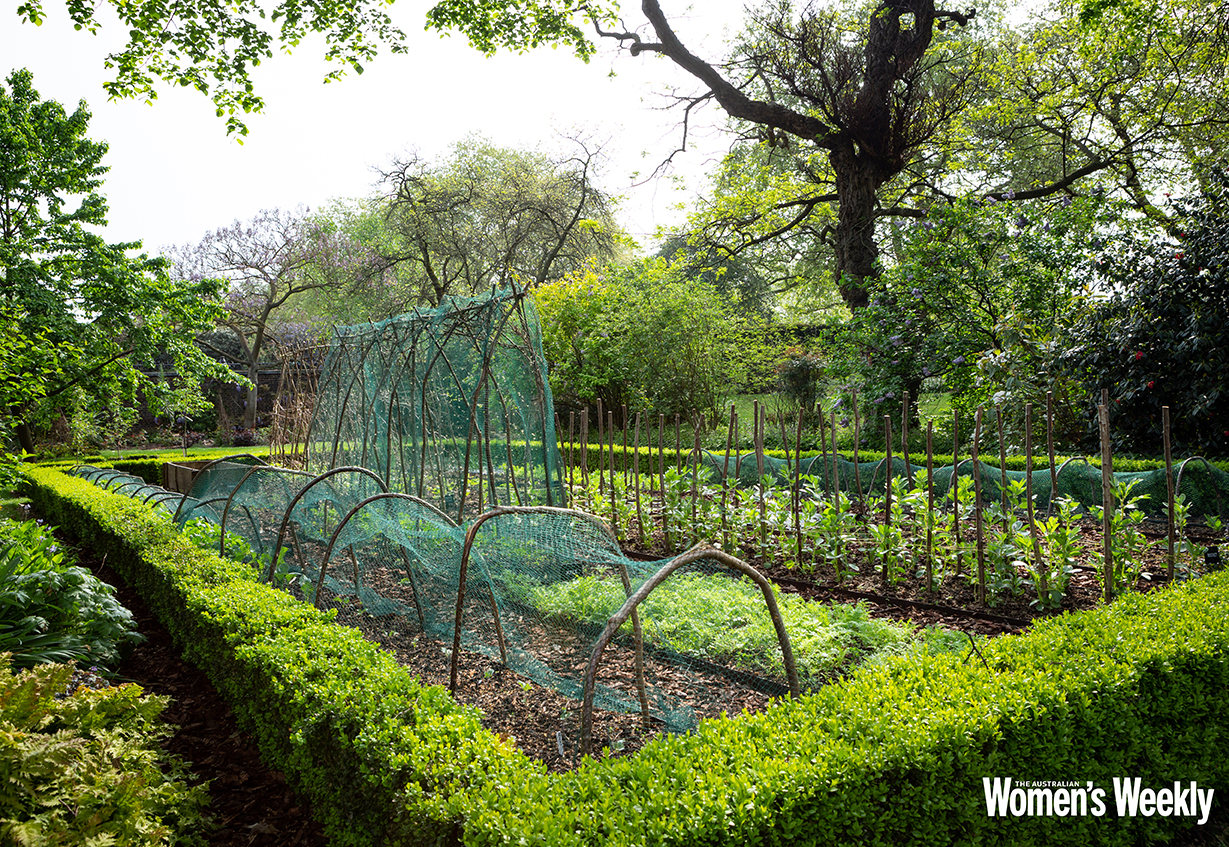
The organic vegetable patch.
(Credit: Photographed by Hugo Burnand)His grandmother, the Queen Mother, lived here for 49 years after her daughter became Queen, and for some of that time Princess Margaret – before the Princess married and moved to Kensington Palace – lived here with her mother.
There were glittering cocktail parties and picnics on the lawns.
Following the Queen Mother’s death in 2002, Prince Charles moved back in with his sons, and in 2005 was joined by his wife Camilla.
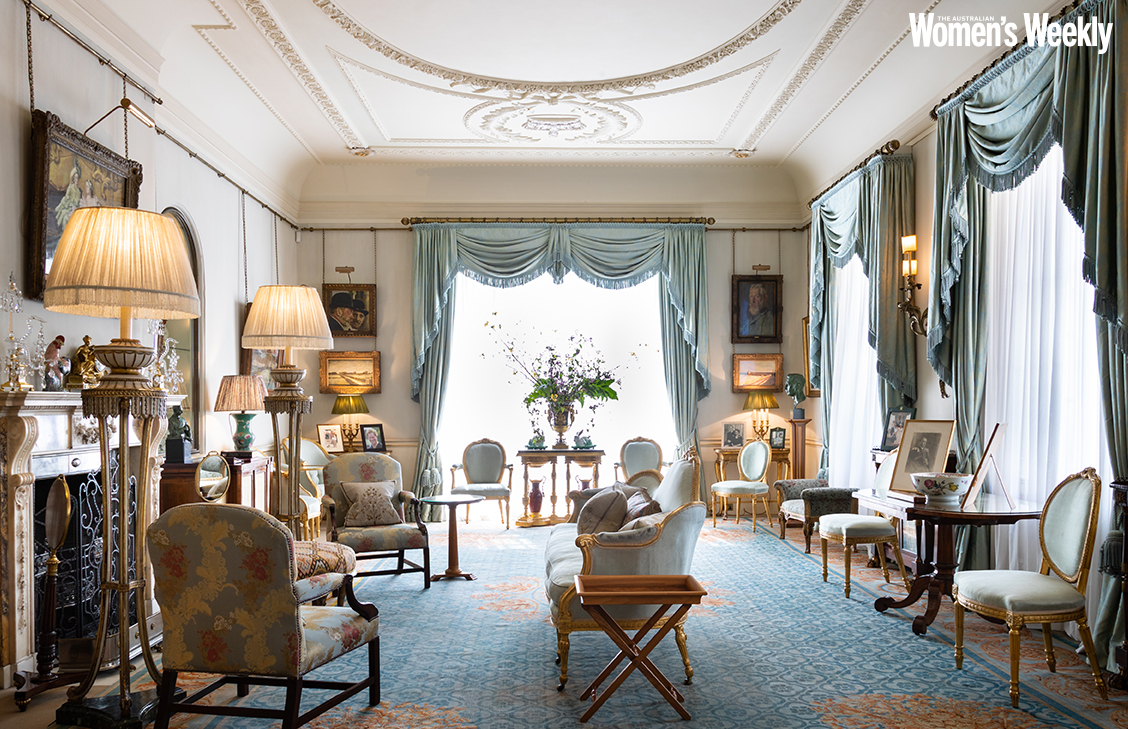
The Morning Room lounge suite is by Georgian cabinet-maker Thomas Chippendale.
(Credit: Photographed by Hugo Burnand)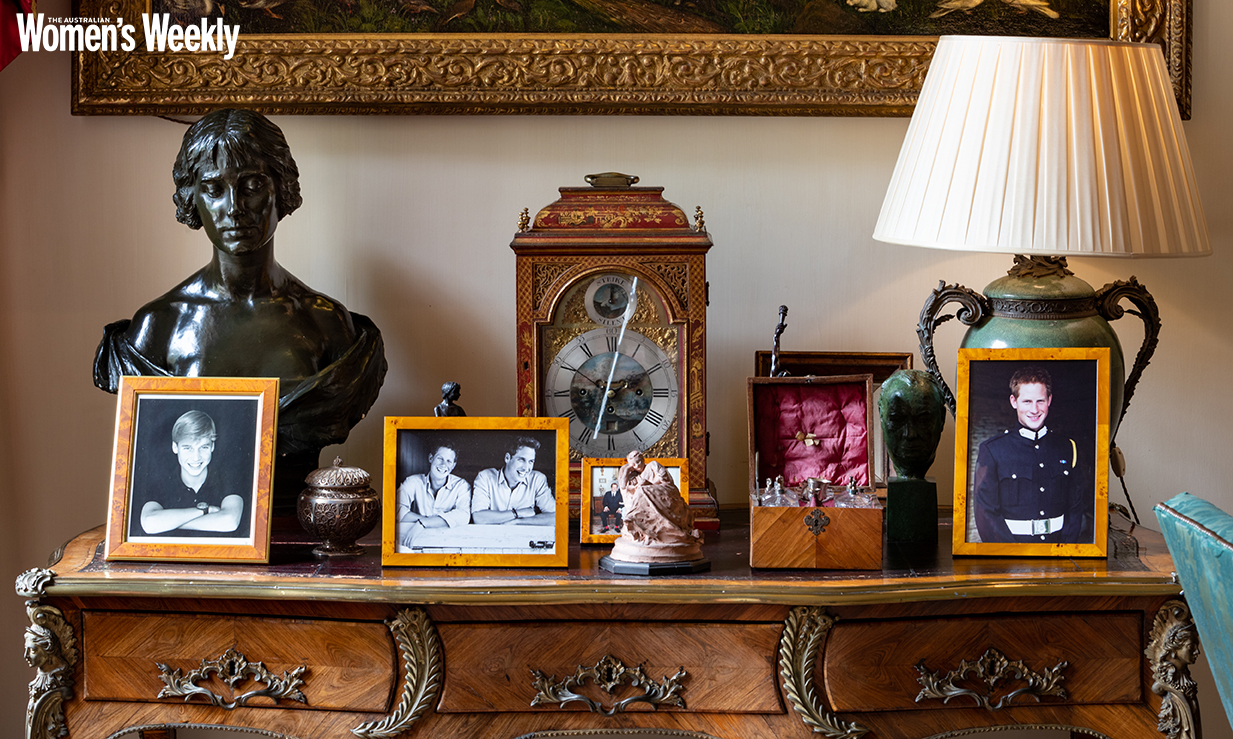
A bronzed plaster bust of the Queen as the Duchess of York, by Louis Frederick Roslyn, sits with treasured photos of Princes William and Harry as young men and an ornate clock.
(Credit: Photographed by Hugo Burnand)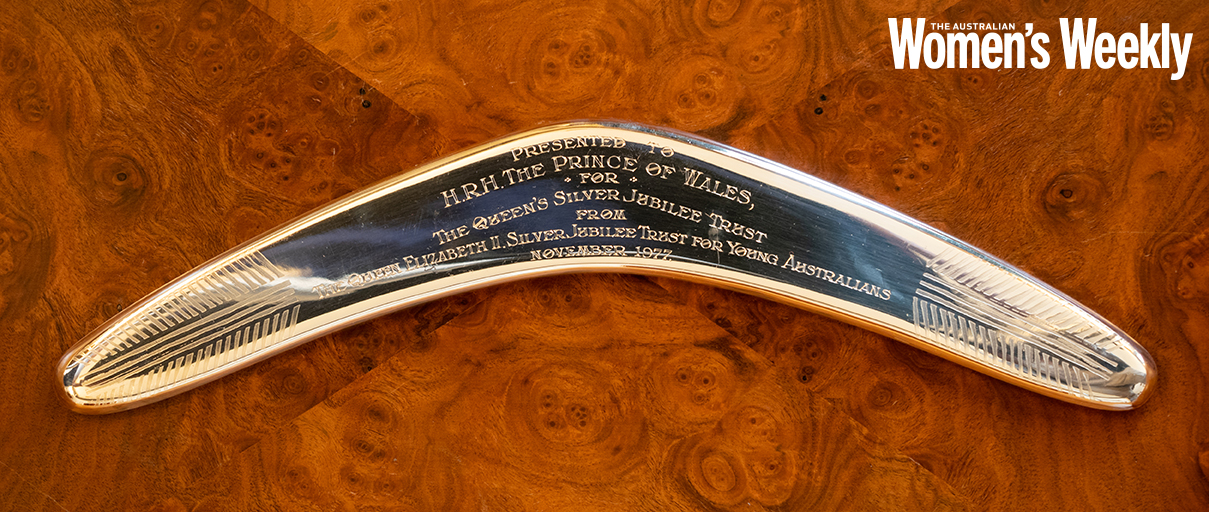
A boomerang presented to Prince Charles for The Queen’s Silver Jubilee Trust.
(Credit: Photographed by Hugo Burnand)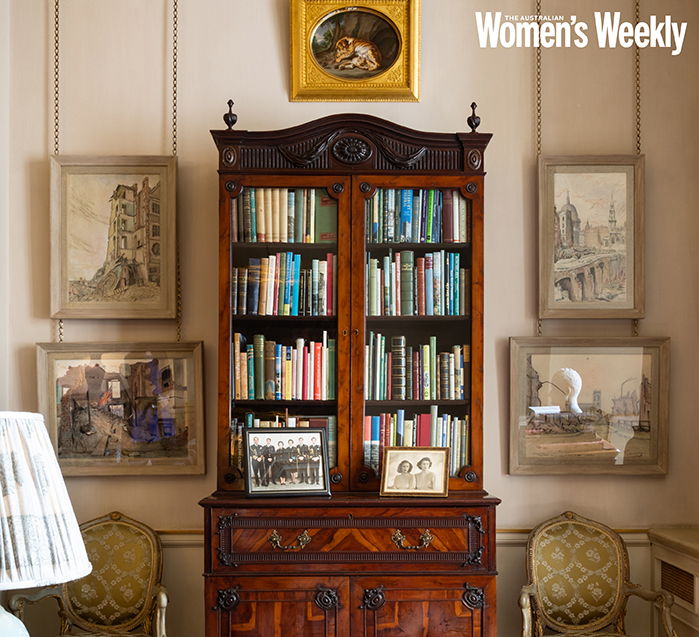
Paintings of London during the Blitz by Australian artist Norma Bull in the Lancaster Room.
(Credit: Photographed by Hugo Burnand)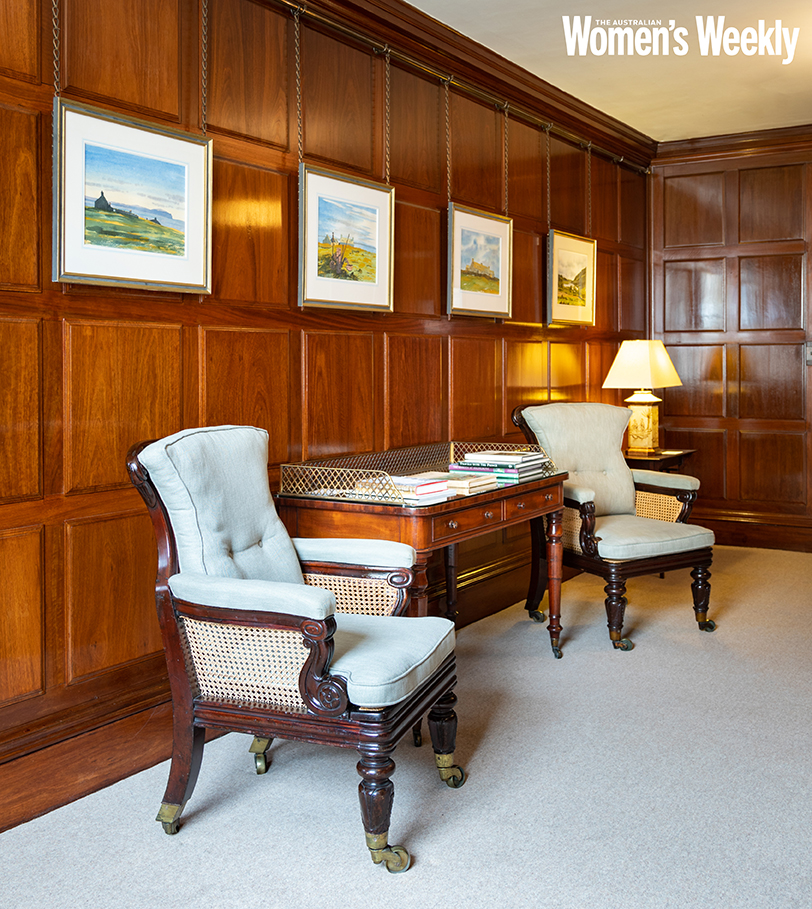
The Quiet Room, with wall panelling made from Australian jarrah wood.
(Credit: Photographed by Hugo Burnand)The Prince and Duchess have private rooms upstairs, while the downstairs living areas are used to entertain heads of state, foreign royalty and guests from all walks of life.
Here the Prince of Wales recently hosted President Trump, and past visitors read like a who’s who of world figures.
Part of the appeal for dignitaries, I suspect, is the homeliness of Clarence House, for even though it is filled with intriguing historic artefacts, furniture and paintings, and is the home of the future King of the United Kingdom, you really do feel you are being invited into a family sanctum.
There are family photographs everywhere, especially of His Royal Highness’s sons and grandchildren, and behind every book, every object, is a story that is very personal.
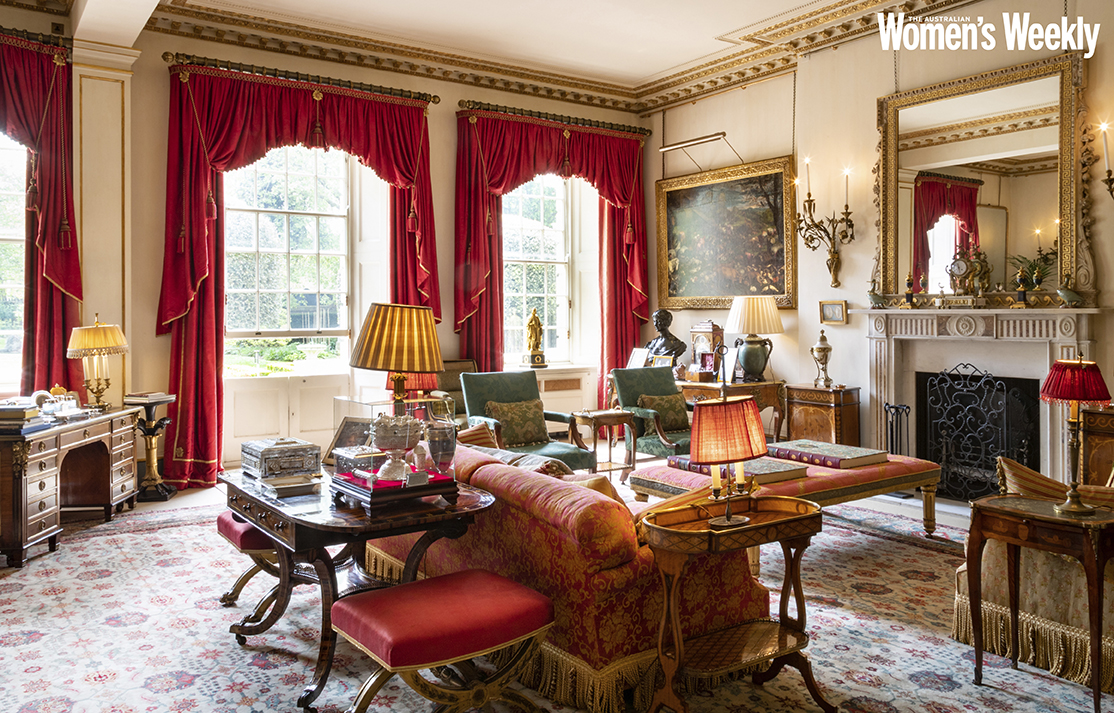
The Garden Room.
(Credit: Photographed by Hugo Burnand)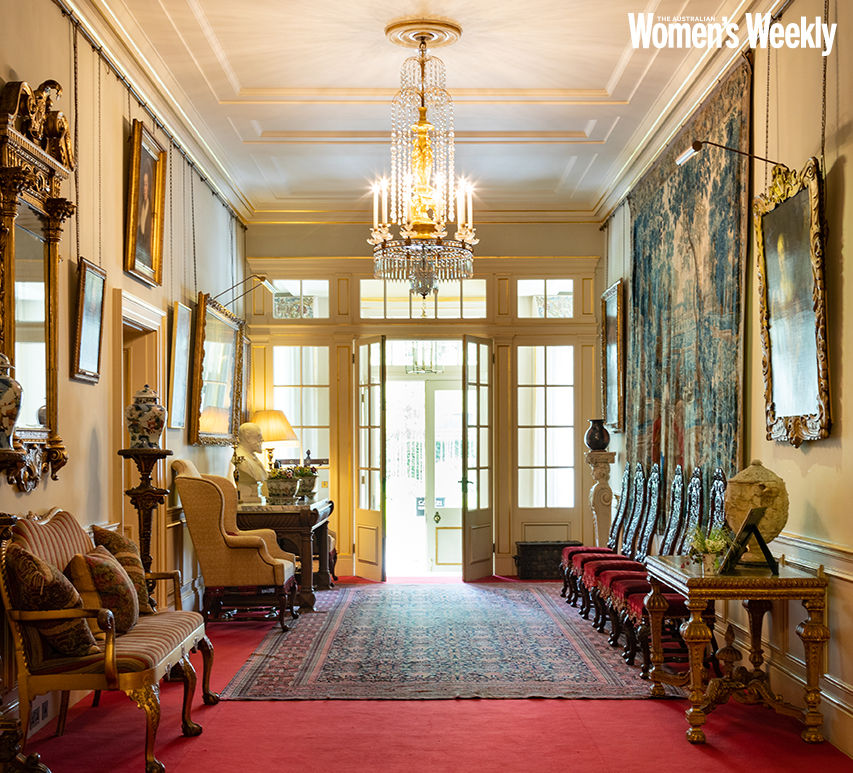
Among the artefacts in the grand entrance hall is a 1600 Brussels “garden” tapestry, purchased in 1950, an antique black figure vase dated from 330-310 B.C., and 12 walnut dining chairs from the 18th-century.
(Credit: Photographed by Hugo Burnand)In the entrance hall are wooden toys that Prince Charles and Princess Anne played with, including an old-fashioned baker’s trolley and a wheelbarrow.
The house is also filled with gifts and many are from Australia.
Some are permanently on display, like the four paintings in the Lancaster Room – first room on the right – and other items Prince Charles has brought into the house today from the Royal Collection or Buckingham Palace, especially for my visit.
The paintings are by Melbourne artist Norma Bull, who came to England in 1939.
“She was an unofficial war artist in London and would just walk out after bombings and literally draw and paint what she saw,” a member of the royal household tells me.
These were particularly poignant for Queen Elizabeth, who with the King defiantly stayed in London throughout the Blitz, personally visiting the capital’s bombed out streets.
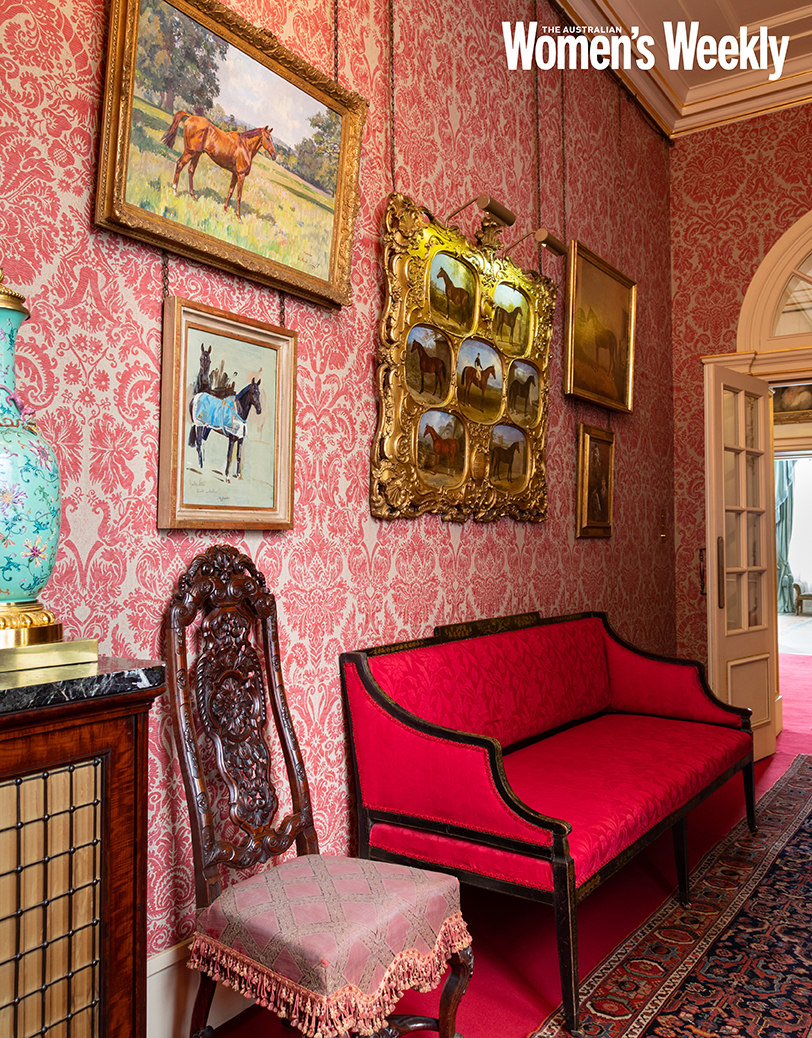
The Horse Corridor features paintings of royal horses.
(Credit: Photographed by Hugo Burnand)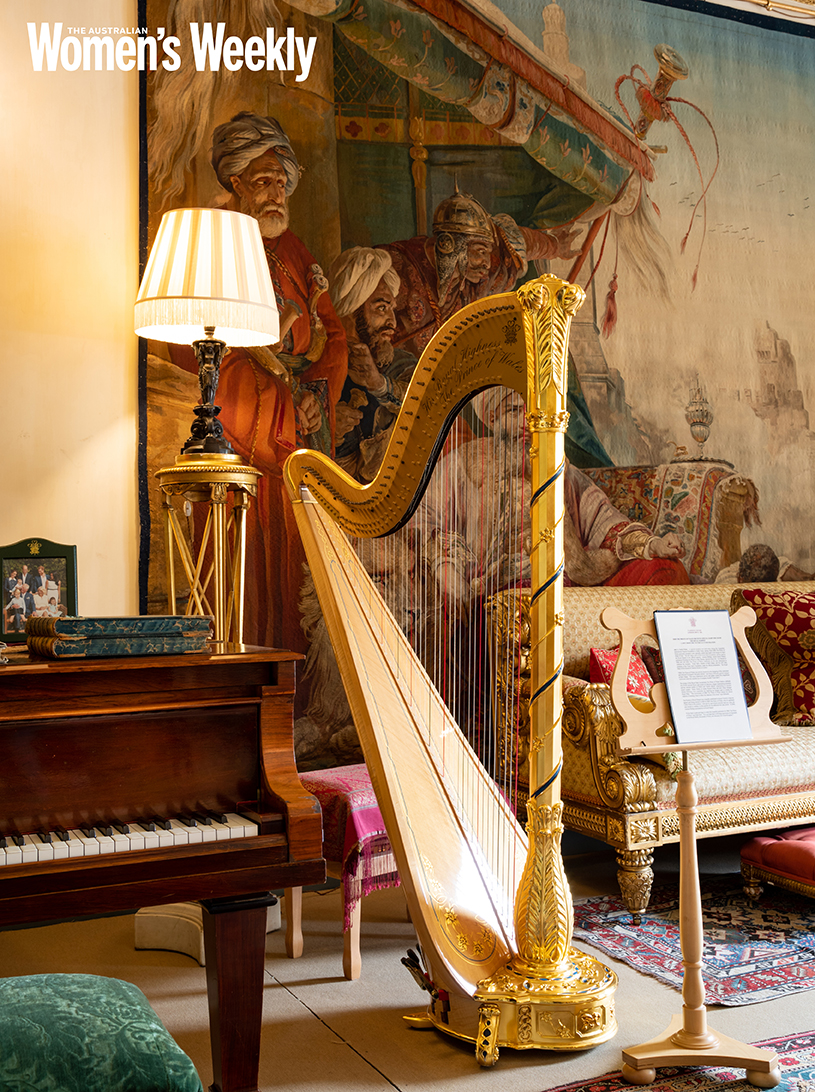
The Prince of Wales’ harp was a gift from the Victor Salvi Foundation for use by the royal harpist, a position established by Queen Victoria. The harp’s design incorporates The Prince of Wales feathers, and Welsh symbols, including daffodils.
(Credit: Photographed by Hugo Burnand)The royal family’s connection to Australia is deep-seated, and the Prince was particularly keen for The Weekly readers to see a very special pair of booties, which usually sit in the nursery corridor in Buckingham Palace.
They were made for his mother when she was baby and presented to his grandmother, then the Duchess of York, by Indigenous Australians in Victoria when Her Royal Highness toured in 1927.
They’re made from shells, velvet and sand and are exquisite. Another souvenir from that visit is a small rock studded with gleaming nuggets of gold.
The Prince’s grandmother’s handwritten note has also been saved: “Gold Bearing Quartz from Ballarat 29.4.27”.
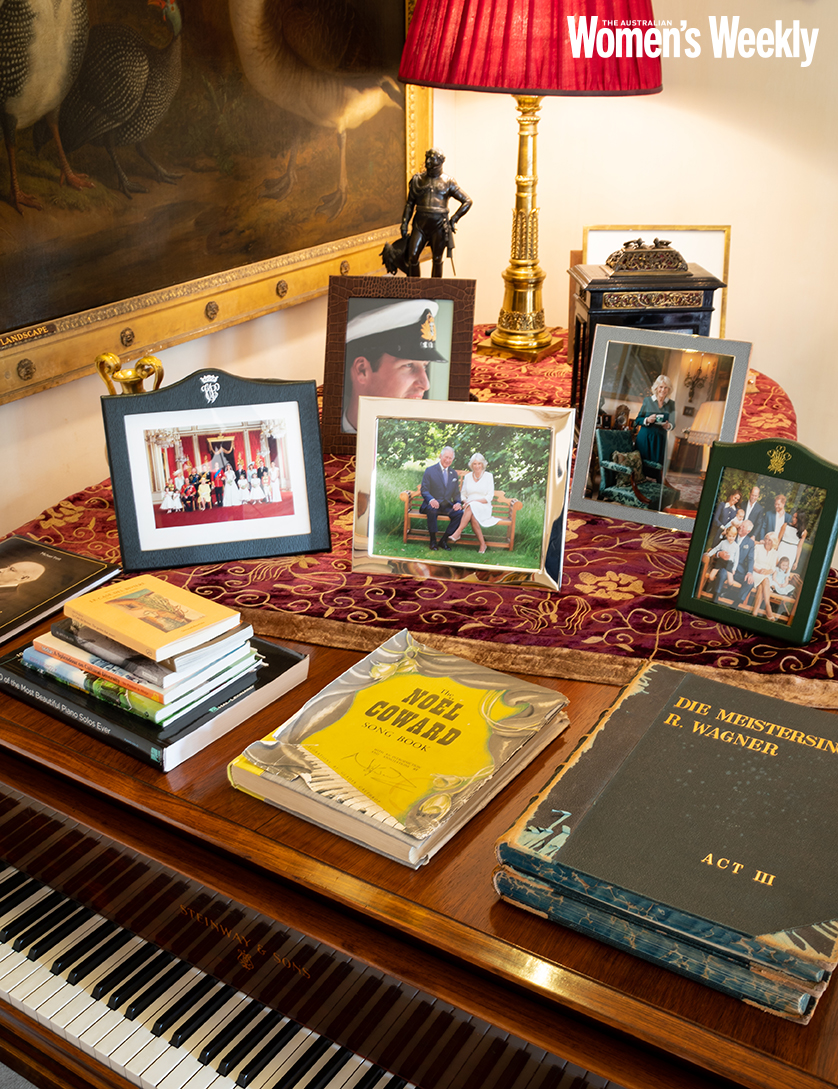
Photos of the family sit on the grand piano.
(Credit: Photographed by Hugo Burnand)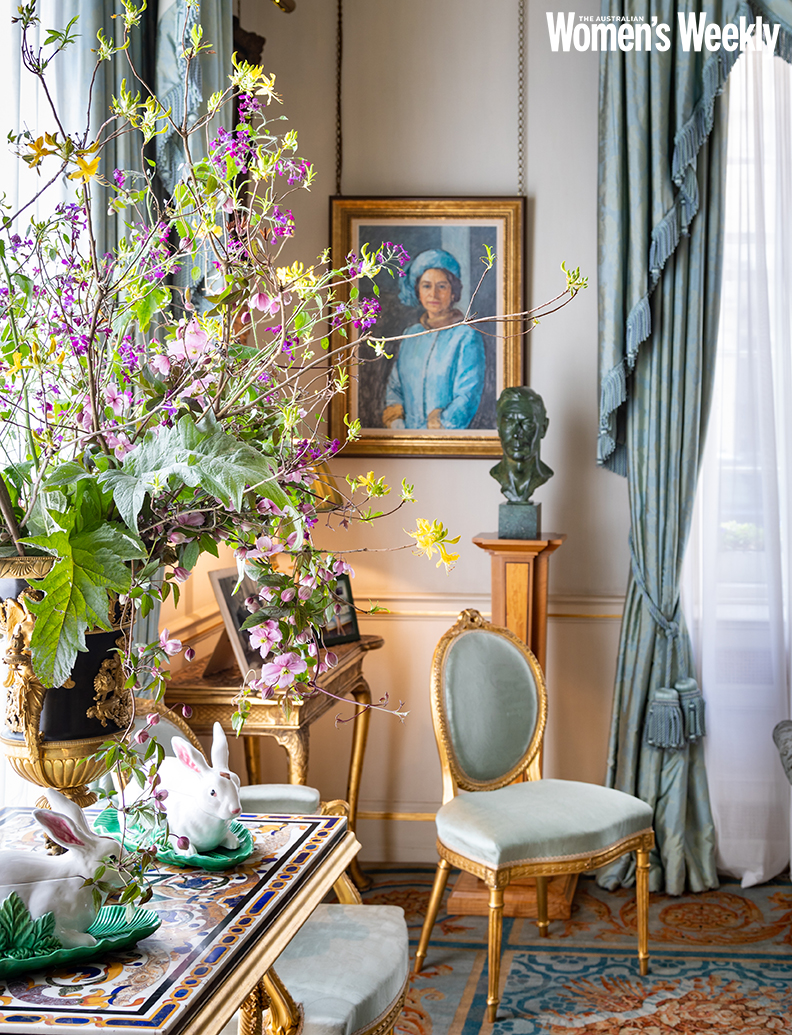
This painting of Her Majesty Queen Elizabeth II was finished by artist Michael Noakes in 1973 and hangs in the Morning Room.
(Credit: Photographed by Hugo Burnand)In honour of my visit there is a display of Australian native flora in the dining room, and the air is rich with eucalyptus.
Suitably, the silver wine coolers either side are a wedding gift, “to the Duke of York (later King George VI) on his marriage to Lady Bowes-Lyon, April 26, 1923, from Australians in London.”
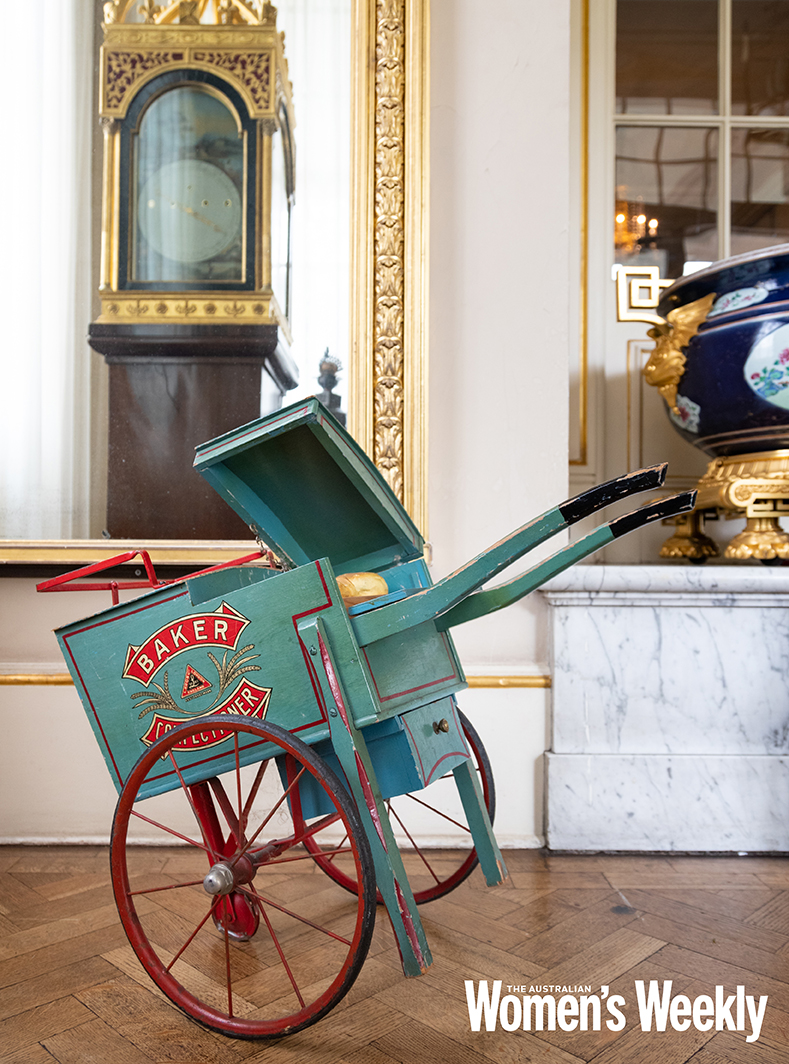
A vintage wooden children’s toy sits in the entrance hall.
(Credit: Photographed by Hugo Burnand)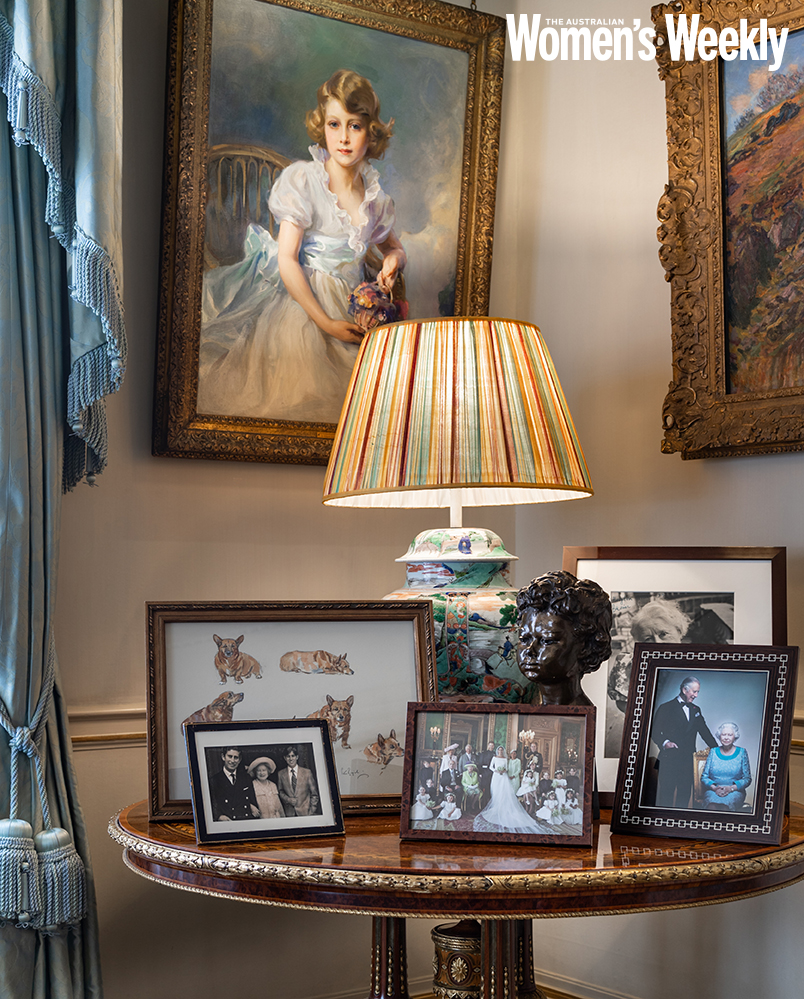
Princess Elizabeth, painted by Philip de László in 1933, hangs above a table of family photos.
(Credit: Photographed by Hugo Burnand)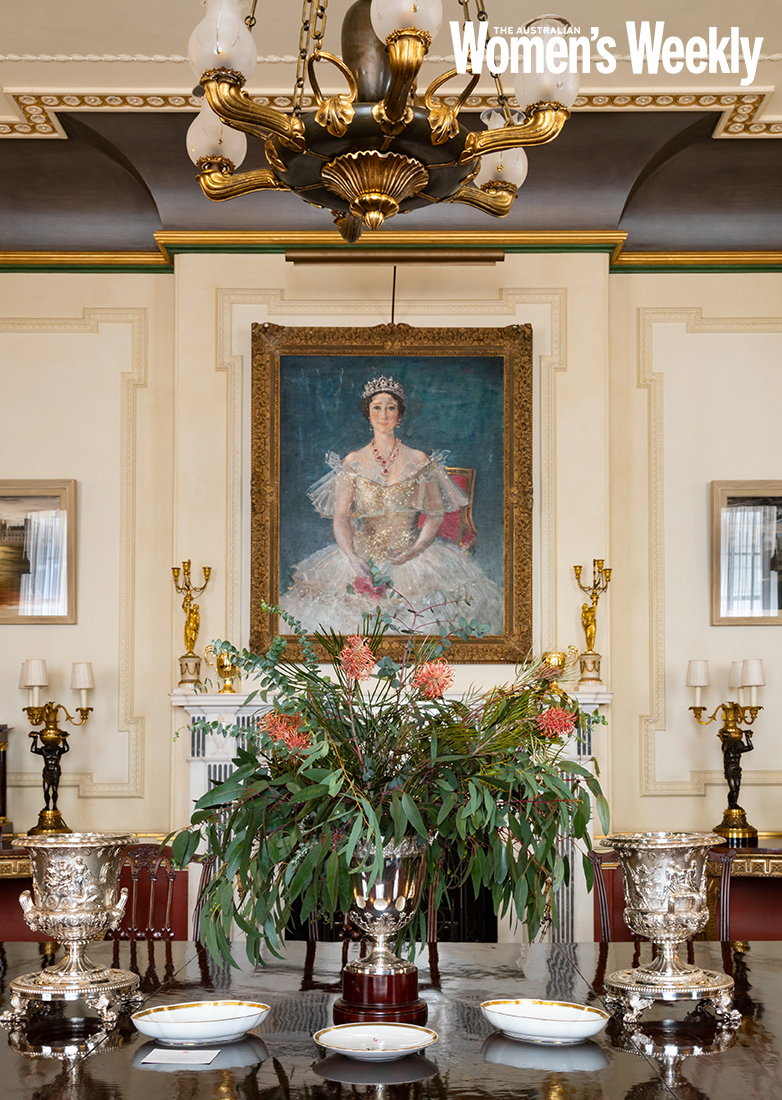
The dining room table, set with native Australian flowers, below Augustus John’s painting of HM Queen Elizabeth.
(Credit: Photographed by Hugo Burnand)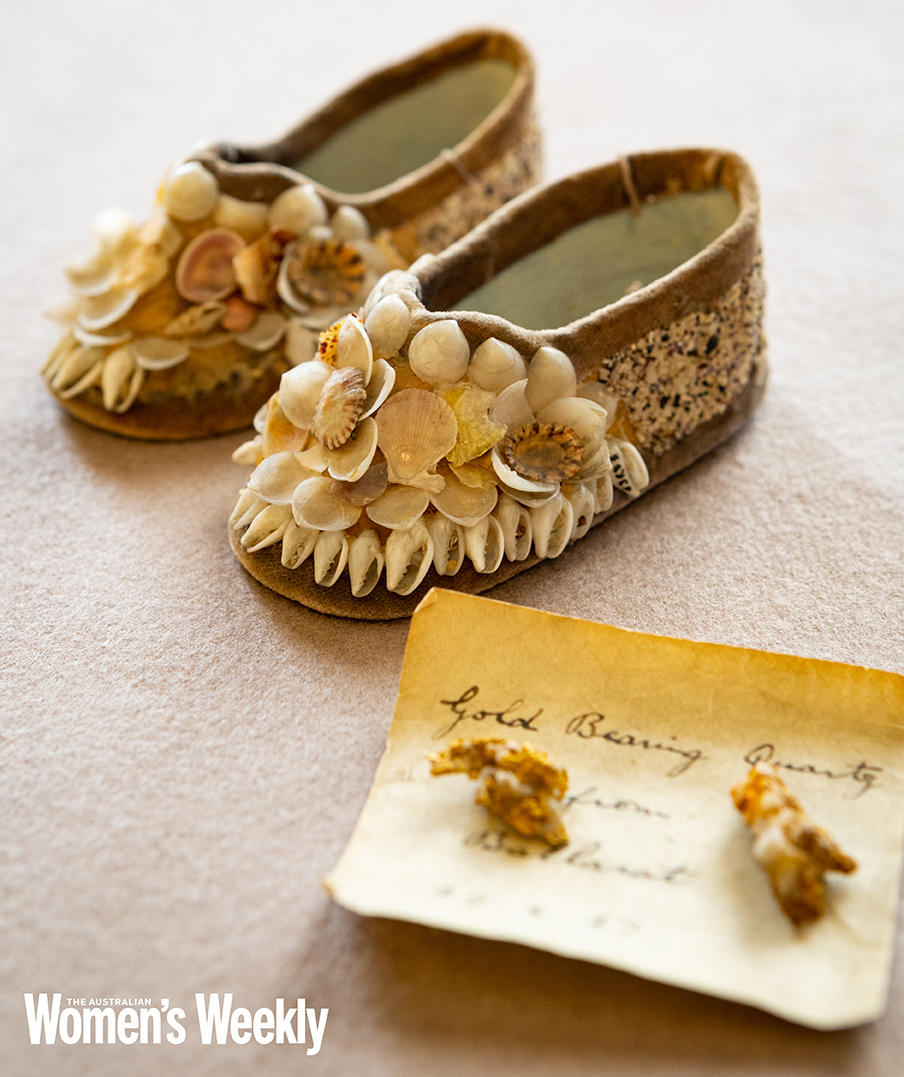
Aboriginal slippers for baby Princess Elizabeth, and gold from Ballarat.
(Credit: Photographed by Hugo Burnand)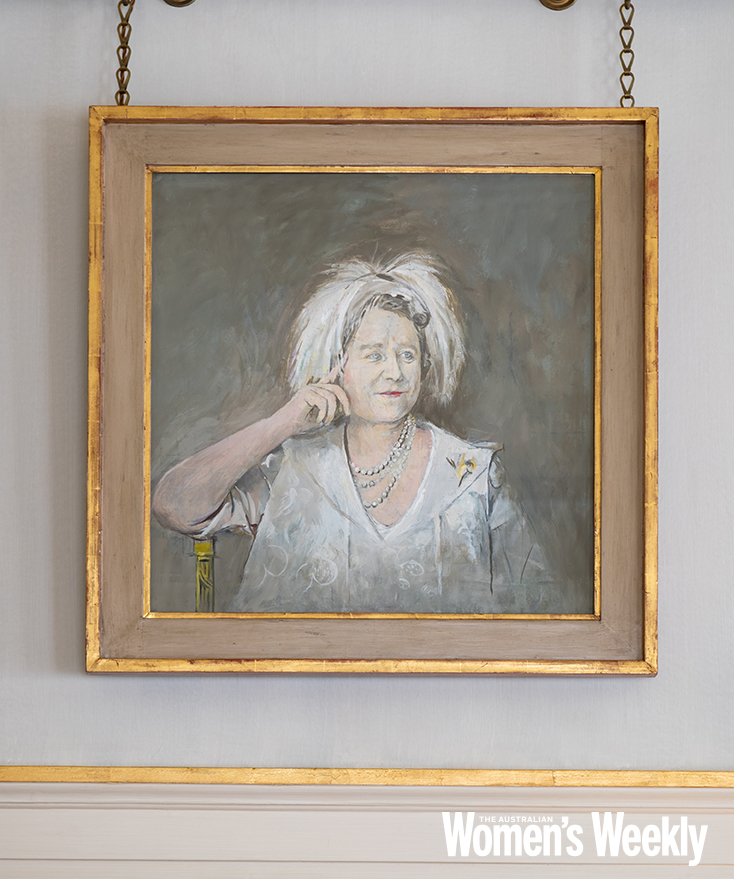
A preparatory sketch of the Queen Mother by Graham Sutherland hangs above the door to the hallway from the Morning Room.
(Credit: Photographed by Hugo Burnand)One room which very few visitors see is on the third floor and holds special significance for Australia.
It is called “The Quiet Room”, panelled in jarrah wood, a wedding gift to the Queen and the Duke of Edinburgh from the Australian people.
As I walk into this room there is a rich smell of the wood, and on the wall is a painting by James Ranalph Jackson of Australian bushland, presented to the Queen Mother by the government and people of NSW in February 1958.
WATCH BELOW: Prince Charles gives Camilla a hug on her birthday. Story continues after video.
The full story of Juliet Rieden’s visit to Clarence House is in the August issue of The Australian Women’s Weekly, on sale now.
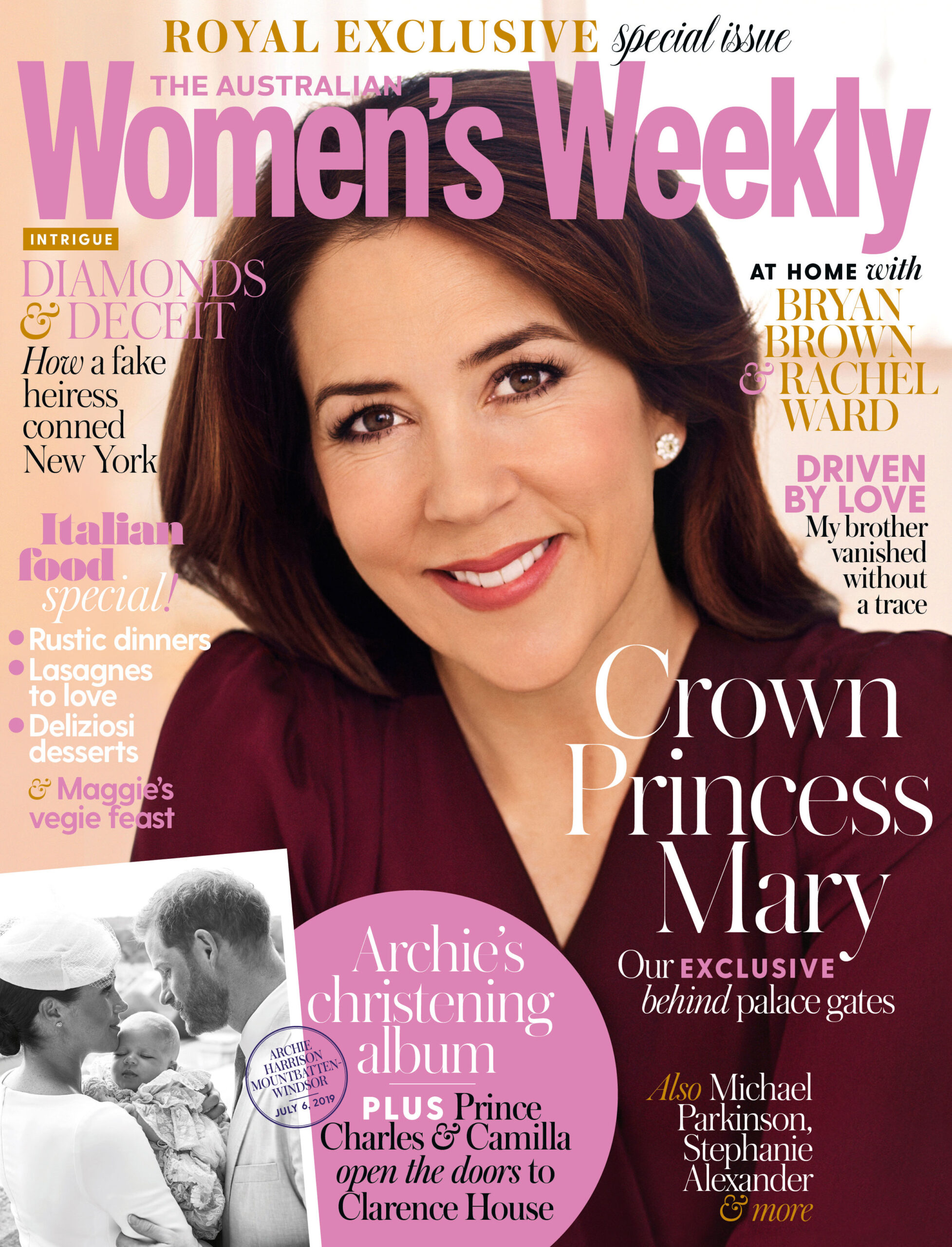
The August issue of The Australian Women’s Weekly, with Crown Princess Mary on the cover, is on sale now.
(Credit: AWW)